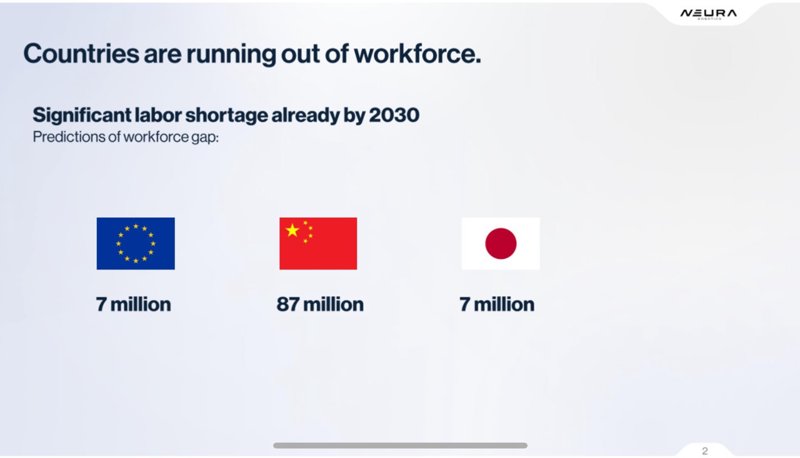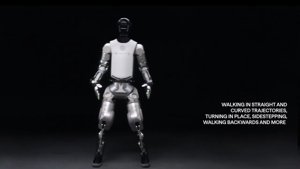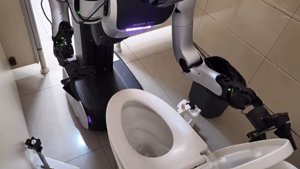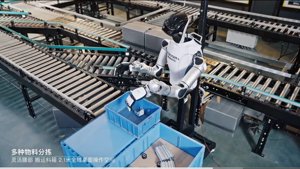Hold Onto Your Circuits: Global Worker Shortage Looms by 2030
Major economies worldwide are hurtling toward a workforce crisis of unprecedented scale, according to Neura Robotics CEO David Reger. By 2030, the EU and Japan are each projected to face a shortfall of 7 million workers, while China confronts a staggering 87 million worker deficit.
This isn’t merely a temporary staffing issue—it represents a fundamental demographic shift threatening to undermine global productivity and economic stability.
Reger contends that automation stands as the only viable solution capable of addressing this massive workforce gap. However, the robotics industry itself faces a critical shortage of AI and robotics specialists, creating a paradoxical situation: we need advanced automation to compensate for human worker shortages, yet lack sufficient human experts to develop these automated systems.
This predicament presents a classic chicken-and-egg conundrum for the global economy. As we approach 2030, the workplace landscape appears poised for a transformative reconfiguration.
The pressing question becomes whether society is prepared for this new reality—one where human workers must increasingly collaborate with their robotic counterparts in offices, factories and beyond.






